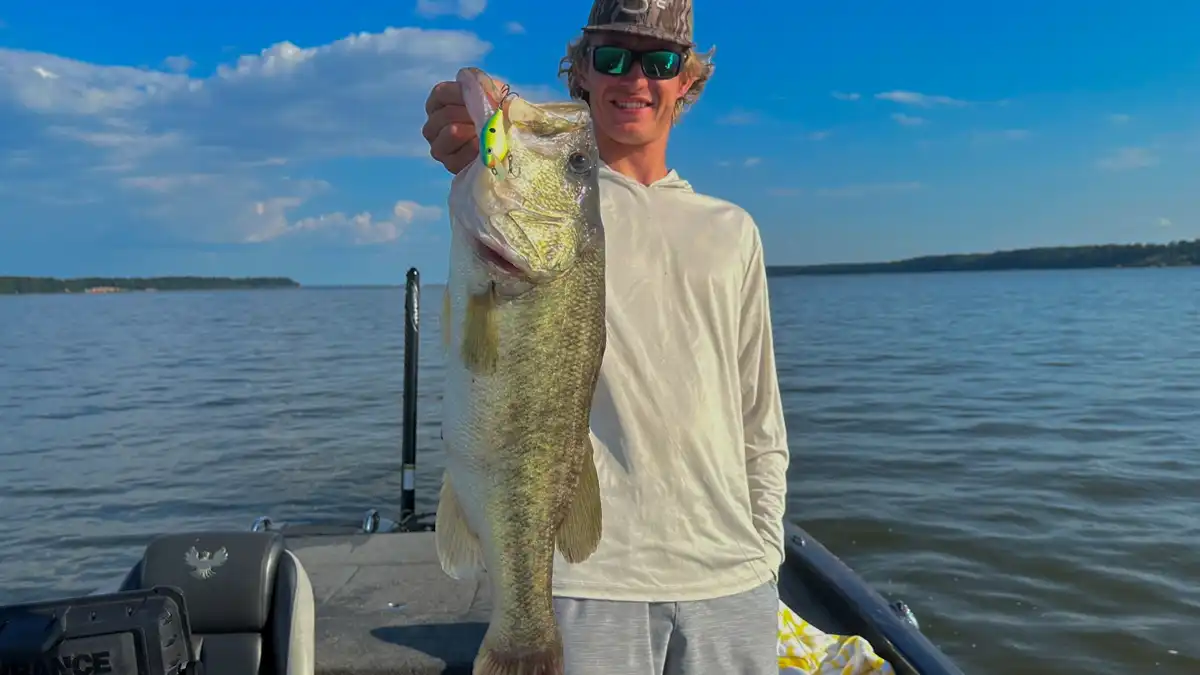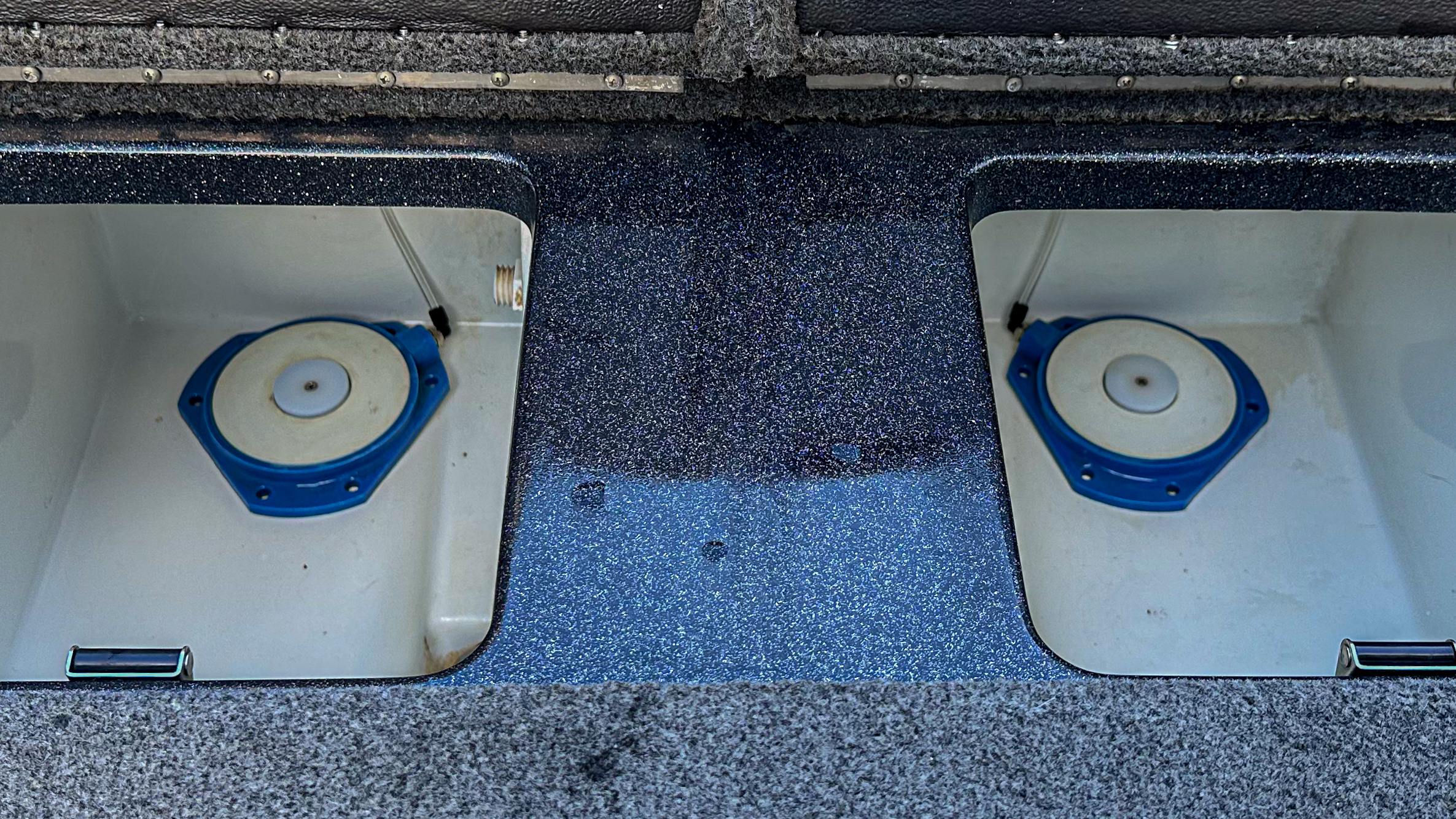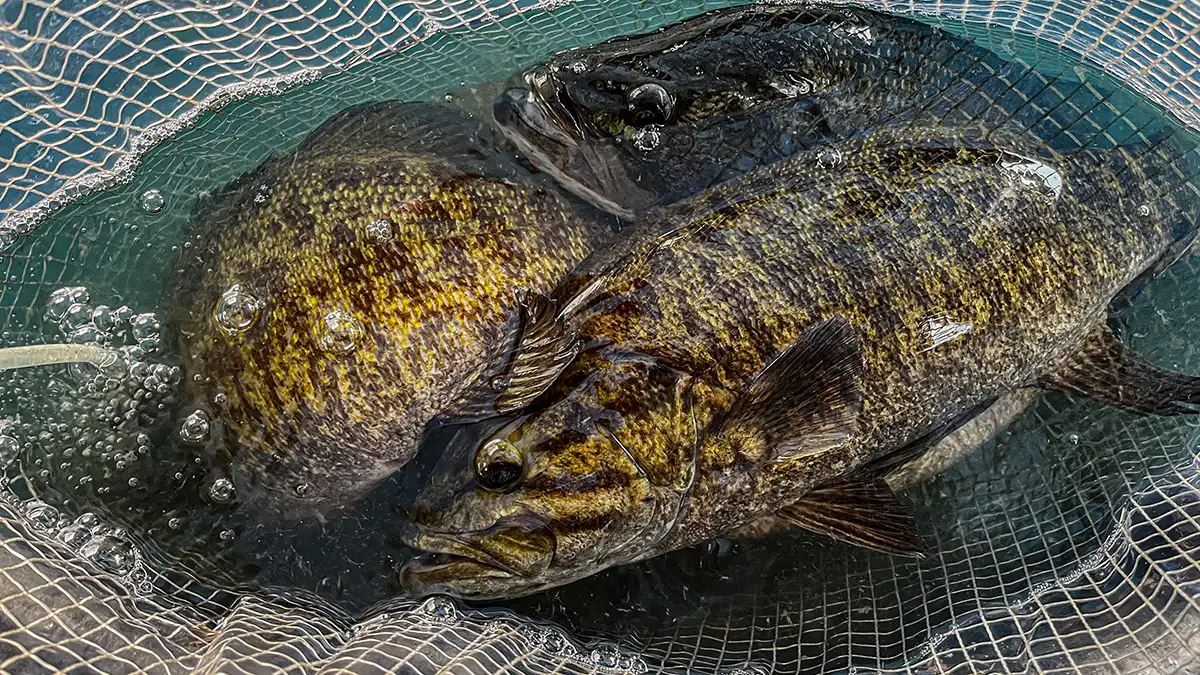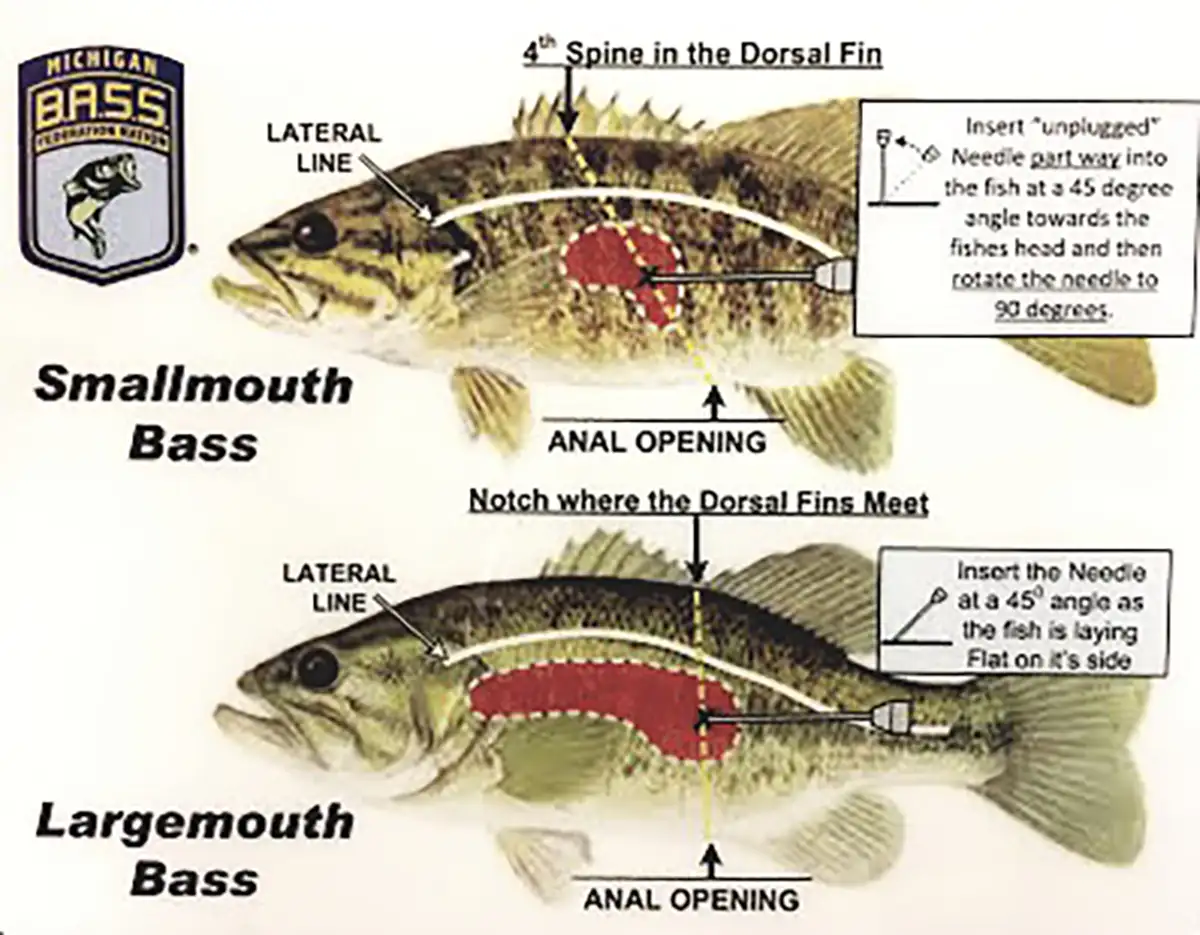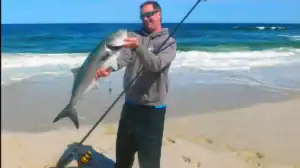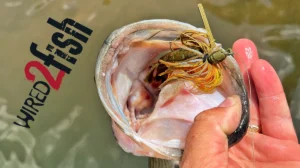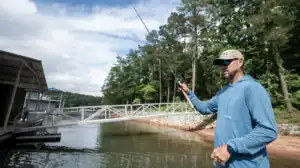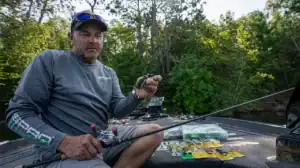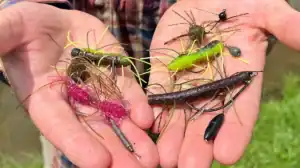As spring wraps up and summer approaches, bass are at their all time weakest. Once water temperatures reach the mid to high 70’s the majority of bass have finished spawning. The spawning process takes a major toll on bass, causing them to loose tons of energy and mass. This paired with increasing water temperature makes for exceptionally weak fish and is the main reason behind increased morality rates this time of year.
As anglers we all care about maintaining a healthy population of bass. This is crucial to the sport we love and the longevity of this great American pastime. One thing we can do to help ensure our sports longevity is taking care of the fish we catch. As tournament anglers its not uncommon to keep fish in your live well for upwards of 8 hours, so it’s imperative that they receive the proper care they need to survive. This features highlights some of the best ways ensure your catch survives during the post spawn period.
OXYGENATION
Oxygenation is one of the most crucial components for ensuring a bass’s survival. This refers to the amount of oxygen in your live well water. As tournament anglers, we typically fill our live wells first thing in the morning, only to recirculate the water once we start catching fish. This is the worst time for filling your live wells as the water is at its least oxygenated level. Furthermore, the more fish are in your live well the more oxygen is used. This is a quick way to cause both immediate and prolonged harm to your fish.
Running both your recirculator and aerator pumps are a great place to start, however I recommend using an additional oxygenator system. I went years with just the standard live well pumps. While this system works, you’re still prone to lack of oxygen over extended periods of time. I recently installed a FishLung live well system in my boat and have since had little to no issues keeping my fish alive. This system filters out nitrogen and pumps pure oxygen into your live well using microscopic bubbles that disperse throughout the water. This system greatly increases the oxygen level in your live well ultimately resulting in a much healthier catch.
LIVEWELL ADDITIVES
While oxygen is a crucial component to keeping fish alive, live well additives are another way to help keep your catch alive and well. Supplements such a T-H Marine G-Juice and Please Release Me and some of my favorite additives to use. These provide essential electrolytes and vitamins to keep fish happy and healthy. Please Release Me also features a formula that stops bleeding from hooks and other trauma. This is my favorite products to use whenever a fish in tongue hooked or suffering from serious bleeding.
Keeping these supplements fresh in the live well is crucial to prolonging your fish’s health. Depending on how often you recycle the water in your live wells it’s important to add more supplement. I generally apply a cap full at the beginning of the day, and then re apply whenever I notice the water starts to clear up. It’s important to read the bottle of whatever supplement you decide to use at it explains the proper amount to use based on the size of your live wells.
TEMPERATURE CONTROL
Temperature control is arguably the biggest factor in keeping post spawn bass alive. As we move into the summer months, the majority of bass move offshore to deep water. One of the biggest reasons fish do this is water temperature. As summer continues the upper water column heats up to scorching temperatures. This causes fish to move deep in search of cool comfortable water. While the deep water may be cool, the surface water we pump into out live wells is not. This can shock fish as you pull them from deep water and ultimately kill them in a relatively short amount of time. Even if it doesn’t kill them immediately, it can cause lasting trauma that ultimately kills them after being released.
One of the best ways to monitor the temperature in your live well is by using a floating thermometer and ice. During the hot summer months I typically buy two bags of ice to keep in my cooler. I’ll add a few handfuls of ice to my live well every hour or so, making sure to pay attention to my live well thermostat. I typically try and keep my water temperature in the mid to low 70’s. This will ensure your bass isn’t harmed by drastic changes in the water temperature when transferred from the lake to your live well.
FIZZING
One of the most underutilized techniques for keeping fish alive in the post spawn is a fizz needle. When fish are caught in deep water and quickly brought to the surface, it causes their swim bladder to rapidly expand due to changes in water pressure. This results in a condition known as barotrauma. This expansion causes the fish to float on top of the water without being able to swim down and right themselves.
This condition causes fish to exert tons of energy and often leads to death by exhaustion. Barotrauma can also lead to damage in their internal organs. These signs may not be visible immediately, however they will often perish after being released. Bass must be treated at the first sign of distress in order to ensure their survival. Waiting until the end of a tournament day to administer a fizz needle is oftentimes too late and will cause them to perish over time.
While administering a fizz needle may seem intimidating, it’s incredibly easy once you get the hang of it. We have included a picture above that highlights exactly where and how to properly use a fix needle on both largemouth and smallmouth bass. A tell tale sign that your fish needs fizzing is when they roll over on their side, and are constantly fighting to stay on the bottom of the livewell. I recommend keeping the bass in the live well throughout the entire process, and removing the needle once the bass rights himself on his own.
Every year we see increased mortality rates as bass enter the post spawn period. While this is unfortunate, there’s a lot we can do as anglers to ensure their survival. Using all four of these methods is almost a full proof way to ensure a bass survives with the exception of extreme circumstances such as gut or tongue hooking. Whether you’re a weekend warrior or dedicated tournament angler, insuring a healthy bass population should be one of your main concerns. We want our beloved sport to be passed down for generations to come, and ensuring their survival is the best ways to do so. Follow these simple tips and you will see a drastic increase in your catches survival rate in the post spawn months.
